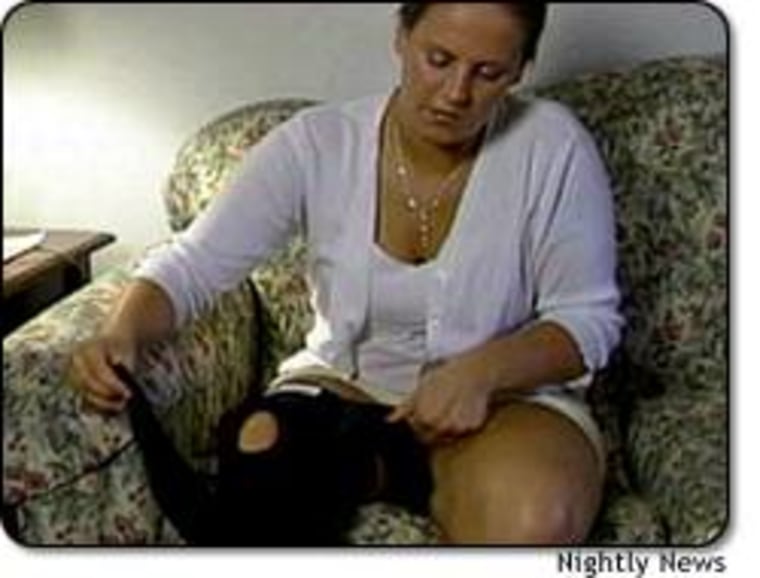Some 6 million Americans each year go to their doctors complaining of knee pain, and in many cases, the problem turns out to be severely damaged cartilage. In the past, there’s been no way to repair the damage — but now, doctors in Boston are reporting success with a new technique that uses the patient’s own cells.
Caroline Adams was a serious field hockey player. She remembers when she was forced to quit the sport. “I had a sharp, shooting pain in my knee, and that was the start of my cartilage beginning to flake away completely,” says Adams.
Like millions of Americans with knee problems, Adams has been in constant pain for years. So she decided to try an entirely new kind of tissue engineering surgery — using cells from her own body.
The surgeon, Dr. Tom Minas at Brigham and Women’s Hospital in Boston, was amazed by the extent of the damage to her knee. “Wow. That is really something for a 21-year-old!” says Minas.
Here’s how the new procedure works. Weeks before the operation, Minas removes a tiny piece of Adams’ knee cartilage during an arthroscopic procedure. The tissue is sent to a lab where the tiny piece is grown into millions of cells that can be put back in Adams’ knee to repair the damage.
“We have patients’ own cartilage cells cultured to the volume we want,” Minas explains.
After first covering the damaged area with natural tissue, Minas injects the cartilage cells to form a scaffolding to make the knee almost as good as new.
Four months after the surgery, Adams is doing fine. She’s undergoing physical therapy and just got off crutches.
Now others are giving the surgery a try. Before Maribeth Mellow got the cell transplant last year, she could not even climb steps.
“I keep saying to everyone, I’m 32-years-old, but my knee is nine-months.”
While the technique is a huge help for patients with knee problems, experts say this form of tissue engineering could eventually be used for all sorts of orthopedic problems — not just repairing but also rebuilding the body.
Robert Bazell is NBC News’ chief medical correspondent.
